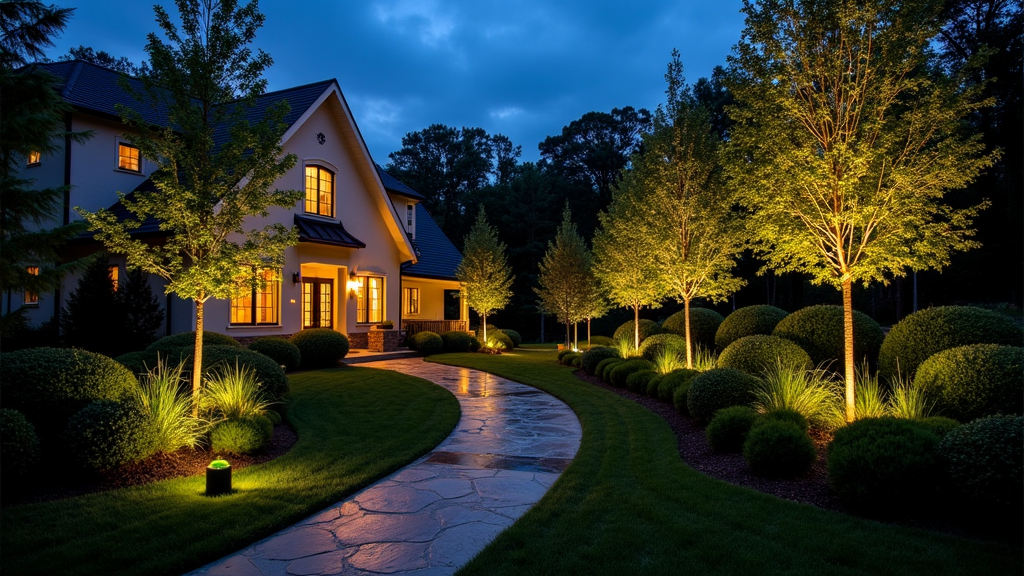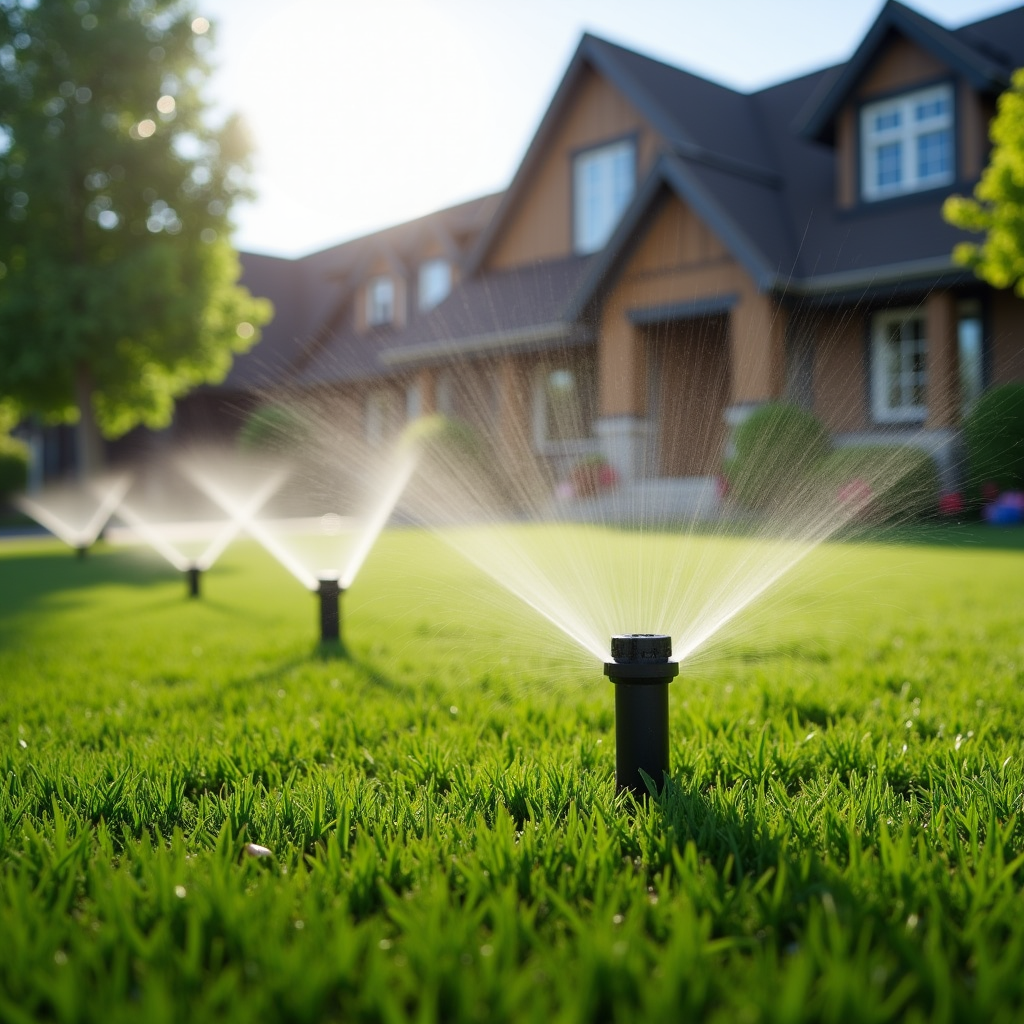Introduction: Embracing Our Natural Heritage
When it comes to creating beautiful landscapes, nothing beats the charm of native plants. Not only do they thrive in their local environments, but they also provide essential habitat for wildlife and contribute to the overall health of our ecosystems. This article, "Celebrating Local Flora: The Best Plants Native to the Greater Greensboroscape Area," will guide you through a fascinating exploration of the best native plants that can enhance your outdoor space while supporting local biodiversity.
From vibrant flowers that bloom year-round to resilient shrubs that withstand the elements, we’ll cover a diverse selection of greenery suited for landscaping in Greensboro, NC. Whether you're a seasoned gardener or just starting your landscaping journey in Greensboro, this guide is packed with valuable insights and tips to help you cultivate a thriving garden filled with local flora.
Landscaping Greensboro: Why Native Plants Matter
The Benefits of Native Plants
Using native plants in your landscaping not only makes sense aesthetically but also environmentally. Here are some compelling reasons to consider:
Low Maintenance: Native plants are adapted to local soil conditions and climate, making them easier to care for. Water Efficiency: They typically require less water than non-native species, promoting conservation efforts. Wildlife Habitat: These plants support local fauna by providing food and shelter for birds, insects, and other wildlife. Soil Health: Native flora contributes to better soil structure and health over time.Supporting Local Biodiversity
Incorporating native plants into your landscaping helps preserve local biodiversity by creating habitats that encourage various species of pollinators like bees and butterflies. These creatures play an essential role in our ecosystem and agriculture.
Aesthetic Appeal
Native plants offer unique beauty that reflects the natural landscape of Greensboro, NC. Their colors, textures, and forms can bring a distinctive touch to any garden or yard.
Exploring the Best Native Plants for Landscaping Greensboro
1. Eastern Redbud (Cercis canadensis)
Overview
The Eastern Redbud is a stunning small tree known for its early spring blooms, which appear before leaves unfurl. The delicate pink flowers create a striking contrast against the tree's heart-shaped leaves.
Growing Conditions
- Sunlight: Full sun to partial shade Soil Requirements: Well-drained soil Height: 20-30 feet
Landscaping Ideas
Integrate Eastern Redbud as a focal point in your landscape design or plant several together for a colorful display.
2. Black-eyed Susan (Rudbeckia hirta)
Overview
Black-eyed Susans are perennial favorites among gardeners due to their cheerful yellow petals surrounding dark centers. They are hardy flowers that bloom from summer into fall.
Growing Conditions
- Sunlight: Full sun Soil Requirements: Average soil; drought-tolerant once established Height: 2-3 feet
Landscaping Ideas
Consider using Black-eyed Susans in mixed borders or as part of wildflower gardens for a naturalized look.
3. Butterfly Weed (Asclepias tuberosa)
Overview
This vibrant orange flower is not just visually appealing; it's also crucial for attracting monarch butterflies! It serves as a host plant for caterpillars.
https://squareblogs.net/duburgkojb/drought-resistant-grass-options-for-eco-conscious-homeownersGrowing Conditions
- Sunlight: Full sun Soil Requirements: Well-drained sandy soils Height: 1-2 feet
Landscaping Ideas
Place Butterfly Weed in sunny spots where butterflies frequent—it's perfect along pathways or near seating areas.
4. American Holly (Ilex opaca)
Overview
American Holly is an evergreen tree known for its glossy leaves and bright red berries that provide winter interest and food for birds.

Growing Conditions
- Sunlight: Partial shade to full sun Soil Requirements: Acidic, well-drained soil Height: 15-30 feet
Landscaping Ideas
Use American Holly as an attractive privacy screen or windbreak in your yard as it grows dense foliage year-round.
5. Wild Bergamot (Monarda fistulosa)
Overview
Wild Bergamot is renowned for its aromatic leaves and attractive lavender blooms that attract bees and hummingbirds alike!
Growing Conditions
- Sunlight: Full sun to partial shade Soil Requirements: Well-drained soil; tolerates poor conditions Height: 3-4 feet
Landscaping Ideas
Plant Wild Bergamot in pollinator gardens or naturalistic settings where its fragrance can be appreciated up close.

Celebrating Local Flora: The Best Plants Native to the Greater Greensboroscape Area
Exploring More Native Plant Options
As we dive deeper into our topic of "Celebrating Local Flora: The Best Plants Native to the Greater Greensboroscape Area," let's explore additional native species that are perfect for landscaping Greensboro:
6. Virginia Bluebell (Mertensia virginica)
Virginia Bluebells offer beautiful blue blooms in early spring before fading into lush green foliage—perfect ground cover!
Growing Conditions
- Sunlight: Partial shade Soil Requirements: Moist, well-drained soil Height: 1–2 feet
Landscaping Ideas
These can be planted under trees where sunlight is limited—creating an enchanting woodland feel!
Frequently Asked Questions About Landscaping with Native Plants
FAQ 1: Why should I choose native plants over exotic ones?
Choosing native plants supports local ecosystems by providing habitats for wildlife while requiring less maintenance due to their adaptations.
FAQ 2: Are there any drawbacks to using native plants?
While generally low-maintenance, some native species may spread aggressively if not managed properly; research specific varieties before planting!
FAQ 3: How do I find native plants suitable for my region?
Local gardening centers often carry selections of regional natives; additionally, organizations like the North Carolina Native Plant Society can provide resources!
FAQ 4: Can I mix native plants with non-native ones?
Yes! Mixing both can create diverse landscapes—but prioritize natives’ needs regarding light/water requirements when planning layouts.
FAQ 5: What’s the best time of year to plant natives?
Early spring or fall is ideal since temperatures are milder—and this gives new roots time before summer heat hits!
FAQ 6: How do I maintain my garden after planting natives?
Regular weeding during establishment phases ensures healthy growth—once mature, many natives require minimal ongoing care!
Conclusion: Join the Movement Towards Sustainable Gardening
As we wrap up our exploration into “Celebrating Local Flora: The Best Plants Native to the Greater Greensboroscape Area,” it’s clear how vital these plant species are—not only enhancing beauty but fostering environmental health too! By incorporating more native flora into your landscape design within Greensboro—all while enjoying colorful blooms year-round—you’re investing back into our shared ecosystem's future!
Whether you’re redesigning an existing garden or starting from scratch—consider these recommendations seriously! With careful planning around water needs/sun exposure preferences—all while supporting local wildlife—you'll create lush spaces reflecting North Carolina's unique natural heritage! Happy planting!